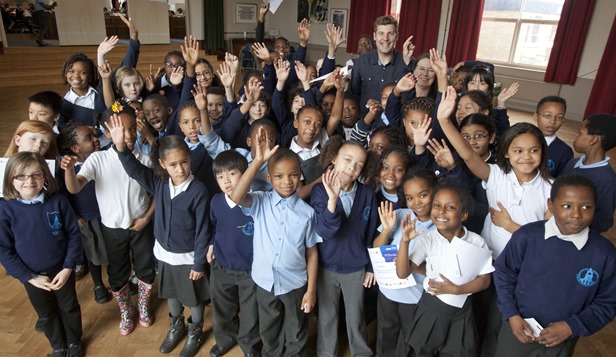Telegraph
June 14, 2014

Figures from the Department for Education show that a record 1.1 million pupils now speak English as a second language, with the proportion exceeding three-quarters in parts of east London.
The number of schoolchildren speaking English as a second language has soared by a third in just five years amid fresh concerns that immigration may be putting a strain on the education system.
Official figures show that the number of pupils who speak another language in the home exceeded 1.1 million for the first time this year.
The proportion of non-native speakers in primary schools has now reached almost one-in-five following a year-on-year increase over the last decade.
In some parts of London, children with English as a second language now make up as much as three quarters of the school roll, with around half of pupils being classified in towns and cities such as Slough, Luton and Leicester.

Children who do not have English as their mother tongue generally perform as well as native speakers and are valued in many schools for creating linguistic and cultural diversity.
Data published last year found that these pupils were now actually more likely to gain good GCSE grades in a range of academic subjects such as English, maths, science and foreign languages.
But critics warned that schools with large numbers of pupils who speak other languages may struggle to accommodate their particular needs – meaning other pupils get less attention.
Chris McGovern, chairman of the Campaign for State Education, and a former head teacher, said: “We don’t need to worry about children with English as a second language. They leave school bilingual and perform very well on the whole. The danger is the bottom 25 per cent of monolingual pupils – the white, working class – who don’t get the attention they need to succeed.
“There is a concern that they are becoming an increasingly disengaged underclass and that’s where our efforts need to be focused.”

